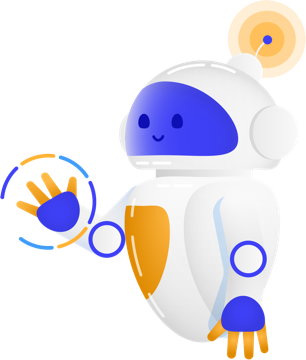Andres Aavik: the future of human jobs will be purely creative work
article
Robots will not take jobs away from people, they will simply change the nature of those jobs, and for the better, because instead of performing mind-numbing work, future generations will be solely focused on solving creative problems – this is the claim put forth by proponents of automation. Automation and the digital transformation will not stop, but what will our transformed future jobs look like and will all of us be able to handle work that requires greater creativity?
Today’s four-year-olds are convinced that the first car they will buy will be a self-driving one. And they are probably right. At the same time, the U.S. currently employs 3.5 million truck drivers, whose skills will no longer be needed once self-driving cars take over. It is clear that this transition will take more than a few years, but can we imagine today how we could replace those jobs for the 3.5 million (mostly) men who have been working in the same occupation for years? Not to mention their countless counterparts in other countries.
According to McKinsey research, in 60 percent of occupations, over 30 percent of repetitive tasks could be automated. With current technology, restructuring tasks and business processes would allow about half of this amount of jobs to be made more creative. Out of the roughly 5 billion jobs in the world, technological developments and automation have implications for about 3 billion jobs, i.e. a very high number of people.
A change in how we think about robots
Job automation is not about putting an iron man on the team to move heavy objects around and perform other feats of machine strength. Robotic process automation (RPA) means entrusting repetitive and time-consuming activities to a robot, in order to free up employees for more value-adding activities.
RPA can be successfully implemented for boosting efficiency. For example, in Estonia, there has been a lot of talk of a leaner government over the years. Despite this, few actually effective solutions have been found. According to the Ministry of Finance, our public sector employs a fifth of Estonia’s total workforce, i.e. roughly 133,000 civil servants, which is an unreasonably high number for a small country such as ours. However, axing every other or third public official and dividing their duties among the remaining workforce would not make the state more efficient at its work. The best way to increase efficiency would be to automate the tasks that could be handled by a robot, so that human government workers could dedicate more of their time to more creative work. Only in this way could the work of 133,000 officials be done with 88,000 or even fewer people without anyone having to constantly work overtime.
Will human labour be needed at all in the future?
Automation reduces man-made mistakes and helps limit costs due to such mistakes. Robots can perform routine tasks faster and more efficiently, and are able to work 24 hours per day, 7 days per week, if necessary. They do not take coffee breaks, fall ill or ask for a raise or motivational rewards. So what makes human labour useful?
People who are not bogged down with routine and time-consuming tasks, such as data entry, verification, comparison, modification and collecting information from different systems, can dedicate more of their time to solving creative problems. Creative work is not just the realm of artists, designers, musicians and actors – tasks that require creative thinking can be found in nearly every occupation and include anything from negotiating and sales to developing new solutions.
While scientists in the U.S. are already testing an AI-based therapist for treating depression in soldiers, and a robot journalist has also been tested, most such jobs which require creating something novel to solve the problem at hand will continue to be done by humans, at least in the near future. Eliminating the routine parts of a person’s day-to-day work leaves more time for meaningful and value-adding creative work. This leads to happier employees, and increases their job satisfaction and creativity. Business owners also stand to benefit as it

